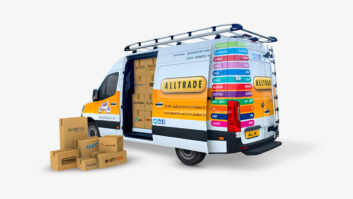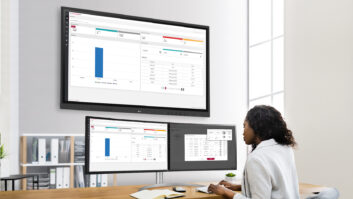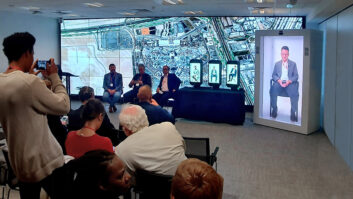Does the abundance of new consumer-level smart home devices spell a threat to the professional custom install market or an opportunity, asks Steve Montgomery?
There has recently been an enormous increase in the launch of home and personal monitoring and control devices. Connected through home WiFi hubs or mobile networks to personal smart devices, they can provide home control and security as well as personal health and activity monitoring of individuals, and track family members and possessions. Many of these devices have been developed by small start-up companies, some funded by crowdfunding schemes, and have steadily grown in stature. With the rise in the Internet of Things bringing intelligence and networking to even the humblest home appliance, we are likely to experience more of these novel applications in the future.
The market has now caught the attention of large manufacturers and internet specialists. Google acquired Nest in 2014, Apple introduced the Healthkit and Homekit developer platforms earlier this year to enable engineers to create apps and devices. Panasonic has recently launched a complete home networking system aimed at giving consumers the ability to remotely check their home and property.
With so many simple-to-use, DIY devices available, will the professional custom installation market be adversely affected as homeowners add control and security to their smartphone apps themselves?
Tim Greenbank, of home installation company Cornflake, thinks not: “We always welcome well thought-out new devices and technologies to the marketplace. This is a very exciting time for smart home technologies when finally these sorts of solutions are becoming viable for the average user and, beyond that, they are actually proving useful. The majority of devices are designed with the average home in mind. What this means for devices such as Nest is that they are designed for a small or second home, and cover only three or four rooms. The logic they employ therefore is based around this, as opposed to much larger homes in which integrators are active. It’s quite common for us to have 10 IP cameras around a property whereas Canary and Piper are all-in-one solutions measuring all manner of metrics such as temperature, humidity and intrusion but only for one particular room.
“Also consumer-level devices can create momentum that can push more established players to up their game, especially in the integration realm. Security has always been paramount for our clients so smarter, more intuitive solutions from the consumer end of the market can be a refreshing addition to tried and tested methods. So yes, we always consider these elements to be opportunities rather than threats. Sometimes we can take an idea or strategy and use our existing technology to achieve the same result.”
David Webster, chief technology officer at RGB Communications, agrees: “Without doubt this is an opportunity. Either custom installation integrators will benefit from being able to offer lower-cost solutions to a much larger customer base or they will gain more business at the high end as customers who have gained a taste of what is possible with consumer-grade installations migrate upwards. As with so many things, customers only truly appreciate the value of a solution if they have experienced the problem, so it’s not until they have discovered for themselves the limitations of low- or mid-level systems that they understand why high-end systems exist and what they can do for them.”
However there are not always opportunities to upgrade basic systems. He notes: “Customers who have made an investment in consumer products from brands they have selected, like Nest, are not likely to want to discard them and start over again. If manufacturers can provide usable open APIs for their products then technically it is possible to build onto that base. However there are many proprietary systems that will never be suitable for larger system integration and regrettably customers will are not likely to be aware of this before they buy into them.”







